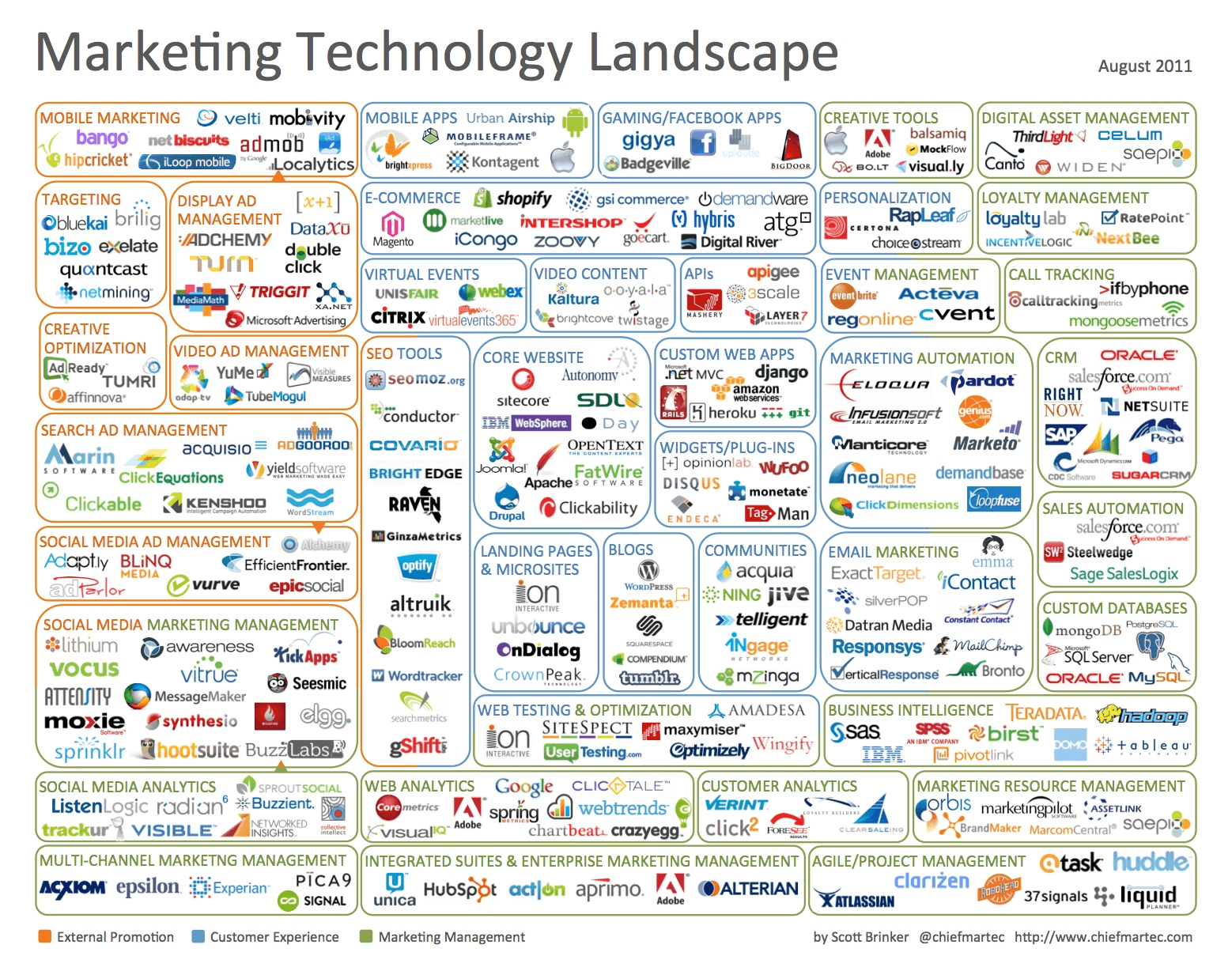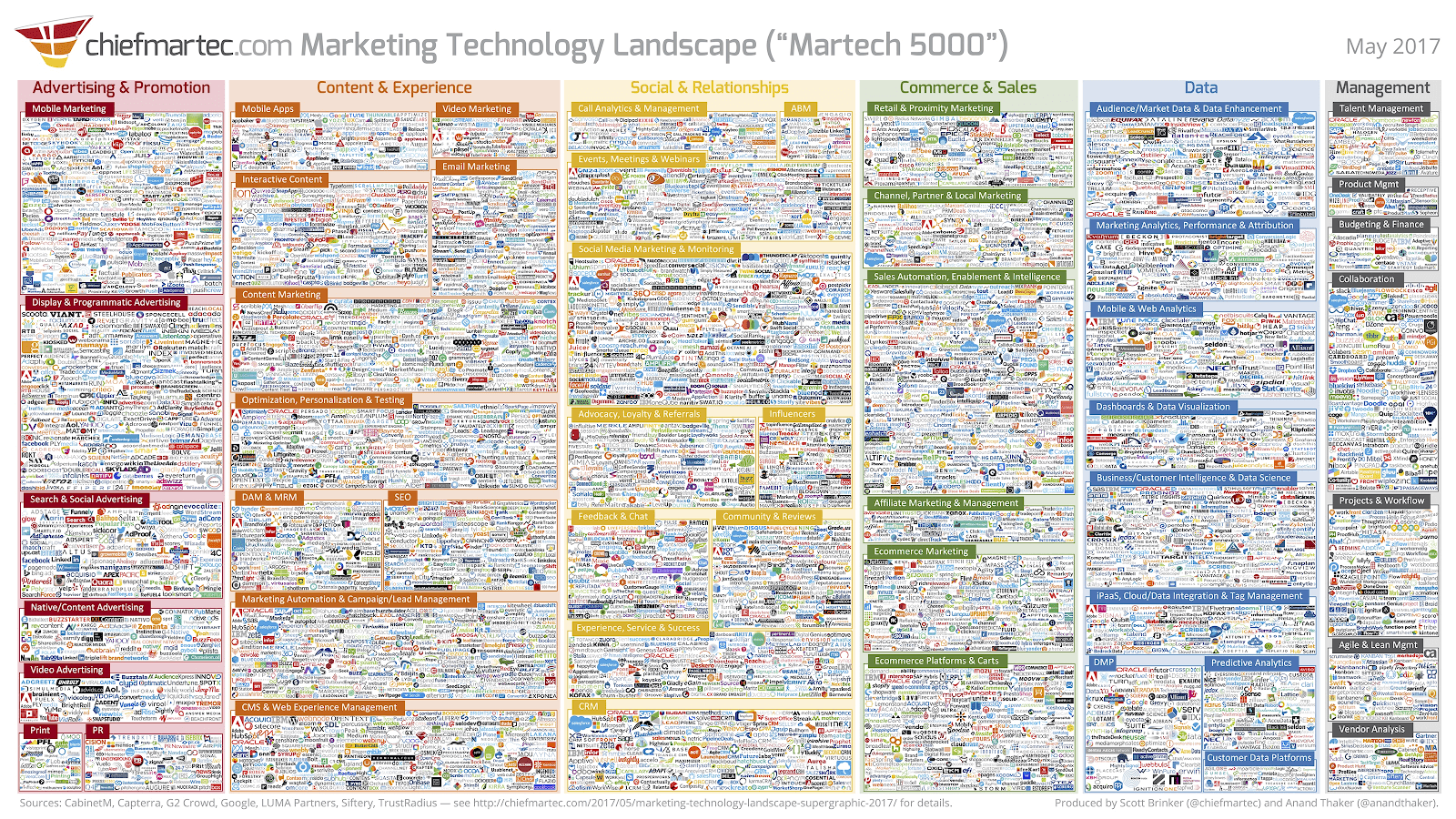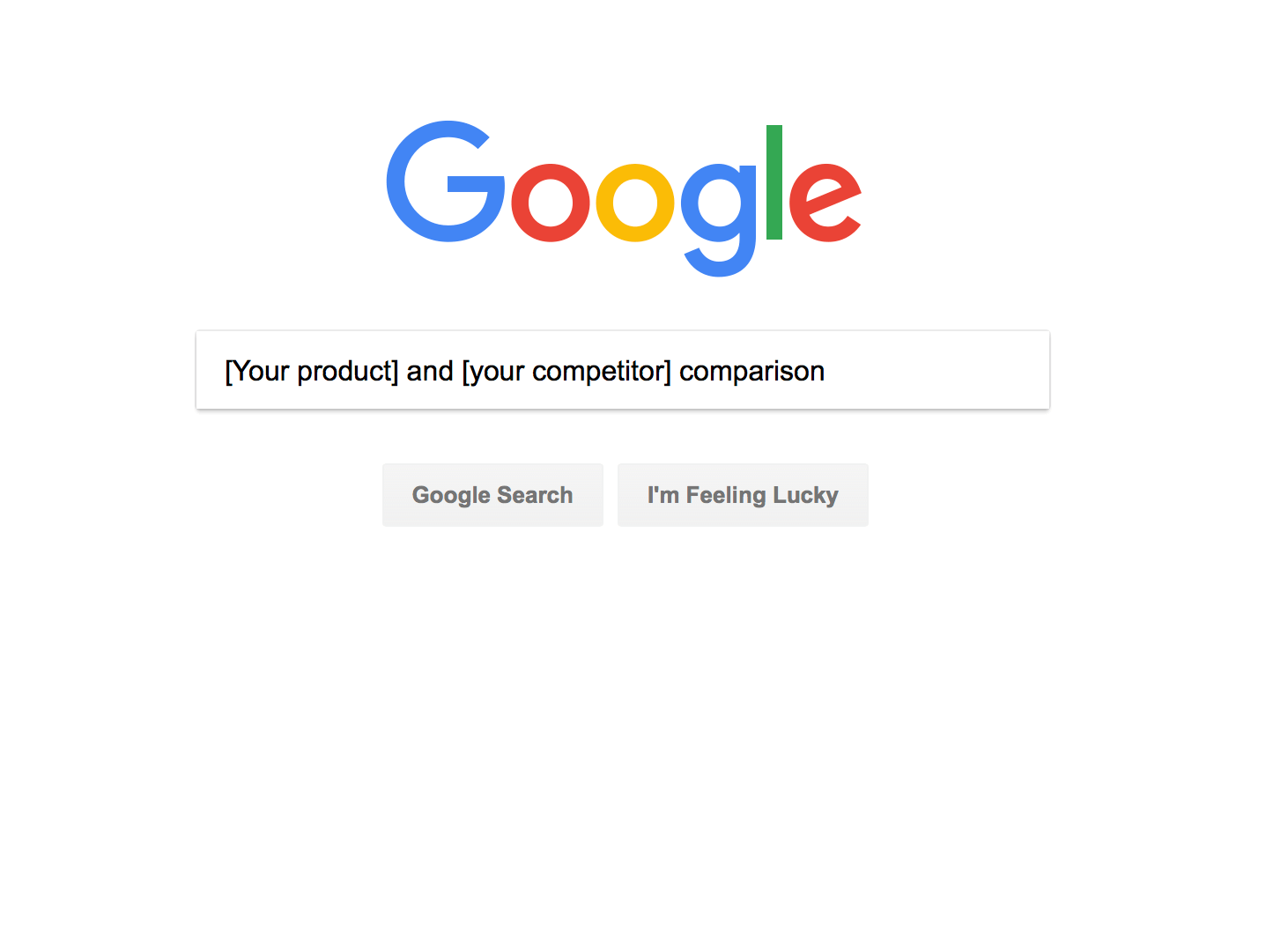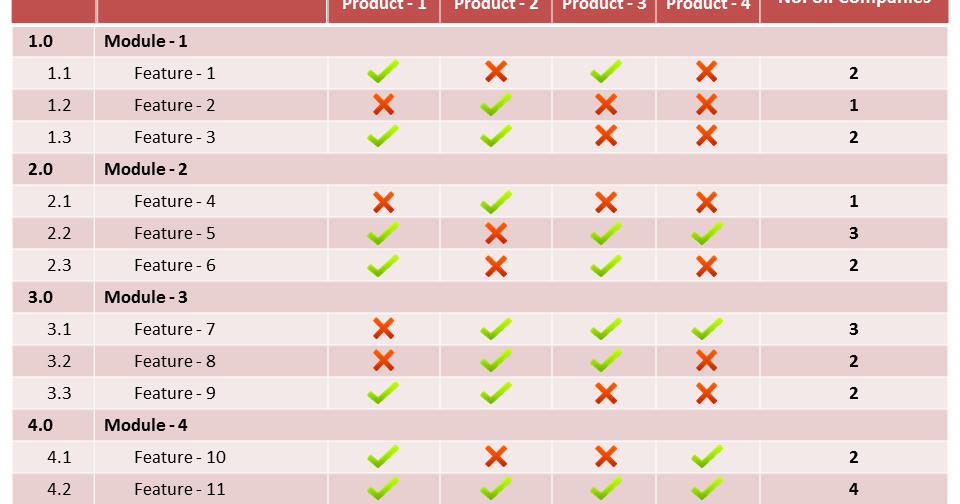In Michael Porter’s seminal book
Competitive Advantage, he highlights three core competitive strategies:
- Cost leadership
- Focus
- Differentiation
Cost leadership is for the “Amazons of the world.”
Their economies of scale allow them to reap
insane profits despite charging razor thin prices.
They “make it up in volume.”
Focus is for companies that narrow in on a niche.
While this is a
great way to insulate yourself from competition, you often remain “stuck” in that niche.
That’s not necessarily a bad thing.
Just something to be aware of, and to decide whether being a small business is right for you.
And then there’s
differentiation.
Providing something
unique to your customer.
This post is for companies that rely on
differentiation as their competitive strategy.
And as you’ll learn,
the source of differentiation is changing.
If you don’t adapt, you’ll be left out in the cold.
Product Differentiation Isn’t Enough for Competitive Advantage
When most people think of differentiation, they think in terms of their product.
But as Porter points out,
differentiation can be sourced from any part of your “value chain.”
Not just your product.
And here’s why that insight is more important than ever:
If you rely on your
product to differentiate in today’s world, you’ll get
creamed.
Today,
sales conversations — what your sellers
say, do, and
write — are where the
perception of difference is created.
In other words:
The battleground for competitive differentiation has shifted from product, to sales conversations.
How can I say this?
Simple.
Almost every B2B category is
exploding with a swath of competitive products.
Here’s just one example: the marketing technology industry.
In 2011, this industry had 150 vendors.
That’s already a lot of noise.
But it’s gotten exponentially
worse.
Today, Martech has
over 5,000 vendors (That’s not a typo).
Product differences are unlikely to cut through this clutter.
This is just one example.
The same explosion in competition is happening in (almost) every B2B category.
Customers Won’t Evaluate You In a Vacuum
If all of this wasn’t difficult enough, your customers are actively
throwing themselves into this sea of choices.
Today, when customers evaluate products,
they actively search for alternatives to compare it to.
“Comparison searches” on Google have grown by 5-10x (depending on the category) since 2011.
These two trends, when combined, lead to what I call the “Twin Effect.”
The “Twin Effect”
Telling the difference between two competing products is like telling the difference between twin children.
To you (the parent), the differences are obvious.
You eat, sleep, and breathe your product.
You probably visit your competitor’s website regularly, too.
You can
immediately tell the difference between your product and your competitors’.
It’s not so easy for your buyers.
They
don’t spend all day with your product.
Since it’s their first time comparing the two products, they look
the same to the untrained eye.
This leads back to my opening point.
Sales conversations are the new vehicle for differentiation.
Rather than
relying on your product for differentiation,
it’s nothing more than a ticket to play the game.
Important? Yes.
But it’s insufficient without
effective sales calls, meetings, and email communications.
Have You Ever Been Here Before?
Here’s how relying on your product for differentiation plays out in the trenches.
After your buyer watches dazzling product demos from both you and your competitors, they start feeling a keen desire to understand the differences.
So, in an effort to “make an intelligent business decision,” they create the
dreadedcomparison spreadsheet.
It usually looks something like this:
The use of this comparison tool leads to a fierce competitive “bakeoff,” and triggers what I call the “spec war.”
You “one-up” your competitor with
Feature A.
They retaliate, match
Feature A, and one-up you on
Feature B.
This cycle continues until your customer concludes:
“These products are at parity with each other.”
They resort to doing what you were trying to avoid all this time.
They grind you both down on price.
You offer a 10% discount.
Your competitor offers 15%.
And so it goes.
When the screen fades to black, the “winner” of this story is the company who erodes the integrity of their pricing.
The common complaint from the losing seller typically sounds like this:
“The customer said he’s never seen two products look more identical , and the decision came down to price. He just didn’t ‘get it’.”
How You Sell Is as Important as What You Sell
This grim narrative actually represents your biggest competitive opportunity.
What if your customers
disqualified your competitors entirely?
What if customers viewed your competitors as a
commodity and you as a
strategic partner?
If you can transform your sales conversations, you can make these things happen.
You can
dominate your competition.
If your product is “at parity” with your competitors, but your
sales conversations are on a whole new level, you’ll run circles around them.
There are
specific things your team can do during sales meetings to make that happen.
It’s not magic.
All that’s required is the right
strategy.
The specific strategies for
selling against the competition are beyond what I can cover here.
That’s why I hosted an
live webinar that’s now available on-demand as a recording.
You’ll learn how to dominate your competition with winning sales conversations,
step by step.
You’ll also see
real life examples of sales pitches that “box out” the competition.
If you apply what you learn in that webinar,
you’ll earn a seat at the executive table.





